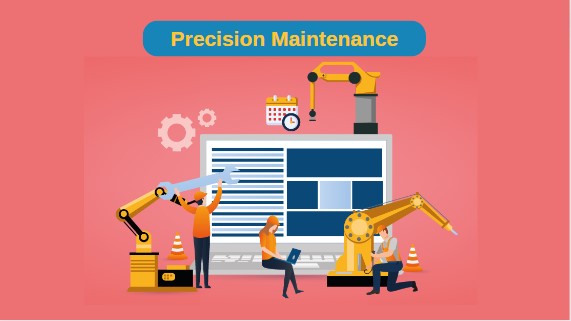
Benefits of Precision Maintenance
Pratik Lohiya |
01 Mar 2024 |
12:46 PM
- What is Precision Maintenance?
- Overview of Precision Maintenance program
- Requirements of Precision Maintenance
- Understanding the Importance of Precision Maintenance
- Exploring Key Factors of Precision Maintenance
- Implementing a Precision Maintenance Program
- Empowering Your Maintenance Team
- Ensuring Success with Precision Maintenance
- Conclusion

What is Emergency Maintenance? Types and Benefits
Viki Dongare 20 Jan 2024 | 06:40 AMExplore the intricacies of emergency maintenance strategies and their pivotal role in preventing unplanned downtime, ensuring safety, and optimizing industrial systems. Discover how corrective maintenance acts as a swift and crucial intervention in cr...
What is Precision Maintenance?
Precision maintenance is a proactive approach to equipment upkeep that focuses on maximizing equipment performance and minimizing downtime. It involves implementing precise maintenance procedures and programs to ensure optimal functioning of machinery.
Overview of Precision Maintenance program
Precision maintenance requires meticulous attention to detail and adherence to specific maintenance tasks by skilled maintenance technician. By emphasizing accuracy and quality in maintenance procedures, precision maintenance aims to extend equipment lifespan and improve overall operational efficiency.
Requirements of Precision Maintenance
Successful precision maintenance programs rely on comprehensive training for maintenance teams and meticulous implementation of precision maintenance plans. In summary, precision maintenance leads to enhanced asset reliability and performance, ultimately driving organizational success.
Understanding the Importance of Precision Maintenance
How Precision Maintenance Decreases Downtime
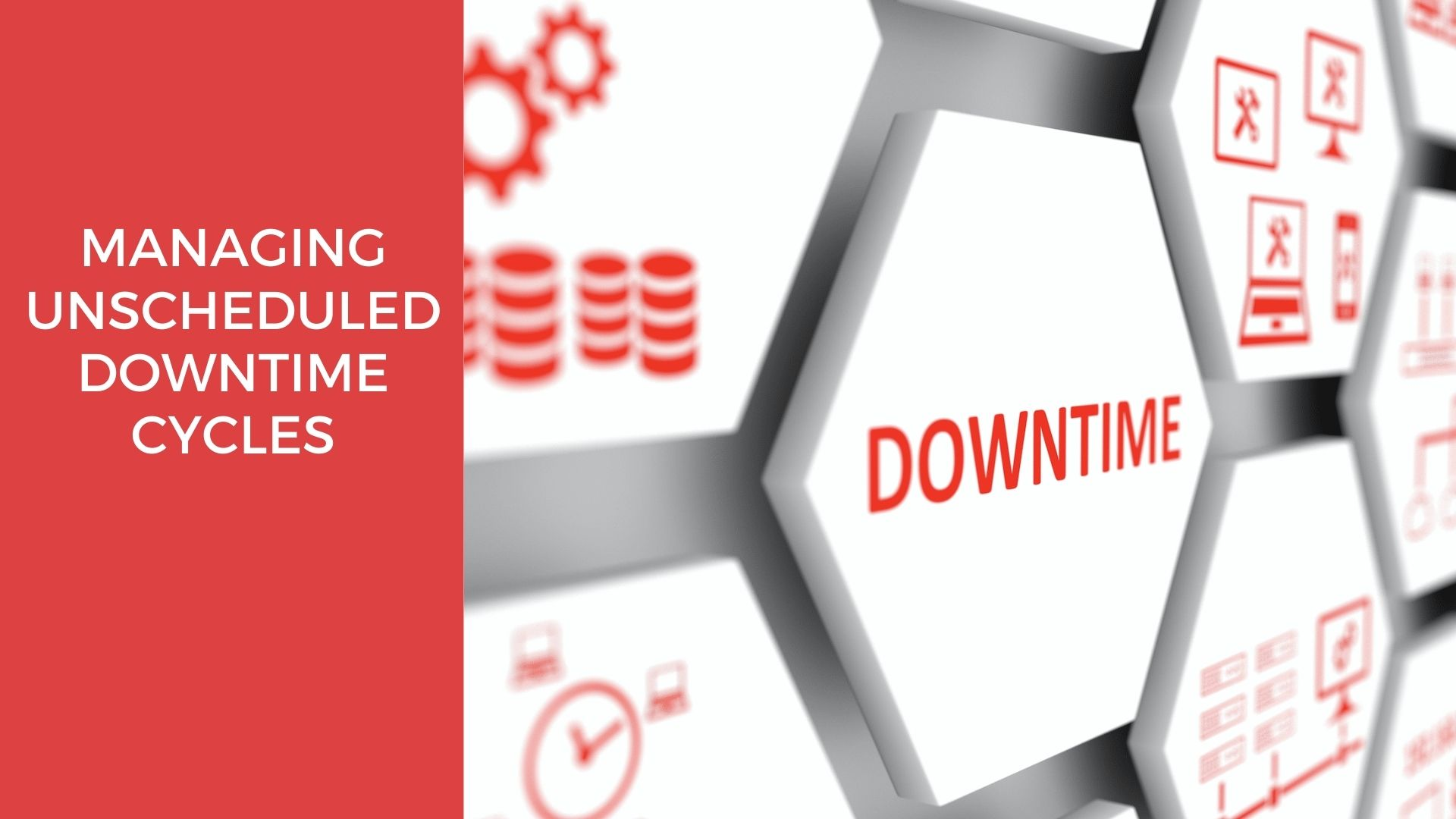
Precision maintenance is crucial for ensuring optimal equipment performance and minimizing downtime in industrial settings. By implementing precise maintenance procedures and programs, organizations can effectively address equipment issues before they escalate, thereby reducing the risk of unplanned downtime and costly repairs. Precision maintenance focuses on maintaining equipment at peak efficiency through meticulous attention to detail and adherence to maintenance tasks. This proactive approach leads to enhanced equipment reliability and longevity, ultimately driving operational excellence.
Precision maintenance decreases downtime by identifying and addressing potential equipment failures before they occur. By conducting regular inspections and implementing preventive maintenance measures, maintenance teams can detect and rectify issues early on, minimizing disruptions to production processes.
Examples of Precision Maintenance in Action
Examples of precision maintenance in action include precision alignment of machinery components, calibration of sensors and instruments, and lubrication of moving parts. These activities ensure that equipment operates within specified tolerances and performs optimally, contributing to overall operational efficiency.
Benefits of Precision Maintenance program
The benefits of a successful precision maintenance program are manifold. Not only does it help in reducing costs and downtime, but it also improves asset reliability and performance, leading to increased productivity and profitability for organizations. By investing in precision maintenance training and programs, businesses can optimize their maintenance practices and gain a competitive edge in today's market.
Exploring Key Factors of Precision Maintenance
Minimizing Downtime - A primary goal of precision maintenance is to minimize downtime by proactively addressing potential equipment issues. By conducting regular inspections, maintenance technicians can detect early signs of wear or malfunction and perform necessary repairs before they escalate into critical failures. This proactive approach helps organizations avoid costly unplanned downtime and disruptions to production schedules.
Increasing Efficiency - Precision maintenance enhances operational efficiency by optimizing equipment performance. Through meticulous maintenance procedures and adherence to maintenance tasks outlined in the precision maintenance plan, equipment operates at peak efficiency, maximizing productivity and reducing waste. By maintaining equipment within specified tolerances, organizations can achieve consistent and reliable performance, leading to improved overall efficiency.
Avoiding Sudden Breakdown - Another crucial aspect of precision maintenance is to avoid sudden breakdowns of equipment. By implementing preventive maintenance measures and predictive maintenance techniques, maintenance teams can identify and address potential failure points before they lead to catastrophic breakdowns. This proactive approach encourages cost savings repairs and also ensures continuity of operations and customer satisfaction.
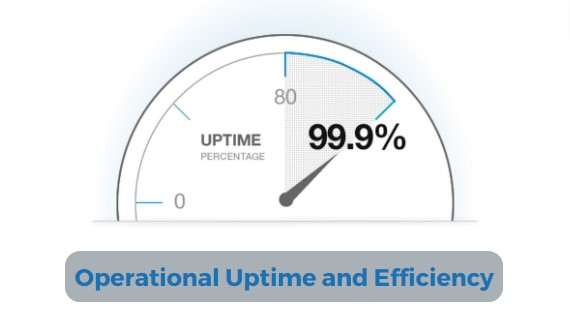
Continuous Improvement Process - Precision maintenance is an ongoing process that requires continuous improvement and refinement. Maintenance teams regularly review maintenance procedures and performance data to identify areas for optimization and enhancement. By leveraging data-driven insights and feedback from maintenance technicians, organizations can continuously improve their precision maintenance programs and adapt to changing operational needs.
Precision maintenance is a holistic approach that emphasizes proactive maintenance, optimization of asset performance, and continuous improvement. By focusing on key factors such as minimizing downtime, increasing efficiency, avoiding sudden breakdowns, and embracing a culture of continuous improvement, organizations can achieve success in implementing and maintaining a successful precision maintenance program.
Implementing a Precision Maintenance Program
To establish a successful precision maintenance program, organizations must follow a systematic approach. Here are essential steps to guide the implementation process:
Step 1: Agree on a Statement of Intent
Begin by defining the objectives and goals of the precision maintenance program. This involves gaining consensus among stakeholders on the importance of precision maintenance in optimizing equipment health and reducing downtime. Clearly articulate the benefits and expected outcomes of the program to align everyone's efforts towards a common goal.
Step 2: Inventory Your Measurement Tools
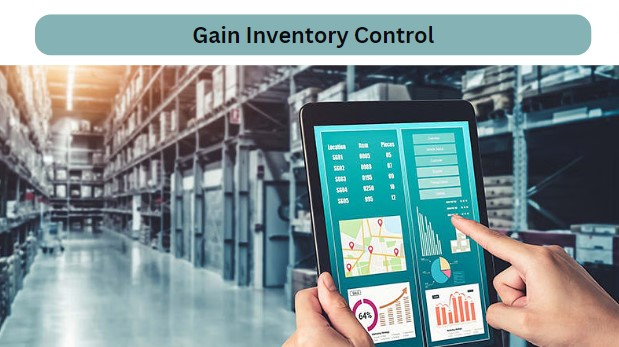
Conduct a thorough inventory of measurement tools and equipment needed to support precision maintenance strategy. This includes sensors, diagnostic instruments, calibration tools, and other devices required for monitoring equipment performance and conducting maintenance tasks accurately. Ensure that all tools are properly calibrated and in good working condition.
Step 3: Create the Necessary Documentation
Develop comprehensive documentation outlining the procedures and protocols for precision maintenance activities. This includes detailed maintenance procedures, checklists, schedules, and standard operating procedures (SOPs) for maintenance tasks. Clear documentation ensures consistency and uniformity in maintenance practices across maintenance teams.
Step 4: Requirements for a Precision Maintenance Program
Define the specific requirements and criteria for implementing a precision maintenance program. This includes identifying key performance indicators (KPIs) to measure the effectiveness of the program, establishing benchmarks for asset performance, and setting targets for reducing downtime.
Additionally, allocate resources and designate responsibilities to ensure the successful implementation and execution of the precision maintenance program. Provide training and support to maintenance technicians and managers to equip them with the necessary skills and knowledge to carry out precision maintenance tasks effectively.
By following these steps and focusing on precision maintenance leads, organizations can establish a robust precision maintenance program that enhances asset performance, minimizes downtime, and drives operational excellence.
Empowering Your Maintenance Team
A well-trained and motivated maintenance team is essential for the success of any maintenance program. These skilled professionals play a critical role in ensuring machine reliability, extending equipment lifespan, and increasing production efficiency.
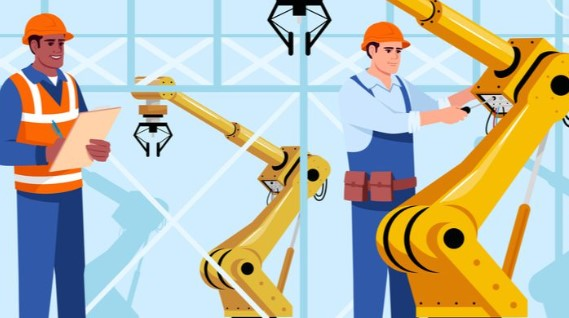
Importance of Well-Trained, Motivated Maintenance Technicians
Well-trained maintenance technicians possess the knowledge and skills required to perform maintenance tasks effectively and efficiently. Continuous training ensures that they stay updated on the latest maintenance techniques, technologies, and best practices. Moreover, motivated maintenance technicians are more likely to take ownership of their work and strive for excellence in maintaining equipment reliability.
Integrating with Preventive or Predictive Maintenance Programs
Empowering maintenance teams involves integrating them into preventive or predictive maintenance programs. By leveraging preventive maintenance strategies, maintenance personnel can proactively identify and address potential equipment issues before they lead to costly breakdowns. Similarly, predictive maintenance programs utilize data analytics and machine learning algorithms to forecast equipment failures and schedule maintenance tasks accordingly.
Establishing Effective and Repeatable Work Procedures

Establishing effective and repeatable work procedures ensures consistency and reliability in maintenance process. Standardized procedures streamline maintenance processes, reduce the risk of errors, and enhance overall efficiency. Clear guidelines and checklists enable maintenance professionals to perform tasks systematically and accurately, leading to improved machine reliability and uptime.
Supporting Continuous Improvement Initiatives
Fostering a culture of continuous improvement among maintenance teams is crucial for driving organizational success. Encourage maintenance personnel to actively participate in identifying opportunities for process optimization and efficiency gains. By soliciting feedback, implementing suggestions, and rewarding innovative ideas, organizations can create a positive maintenance culture that ensures continuous improvement in maintenance strategy.
Ensuring Success with Precision Maintenance
To achieve success with precision maintenance, several key factors must be considered:
Calibrating Measuring Tools for Accuracy
Accurate measurement is crucial for precision maintenance. Regular calibration of measuring tools ensures precision and reliability in maintenance tasks, minimizing errors and improving equipment performance.
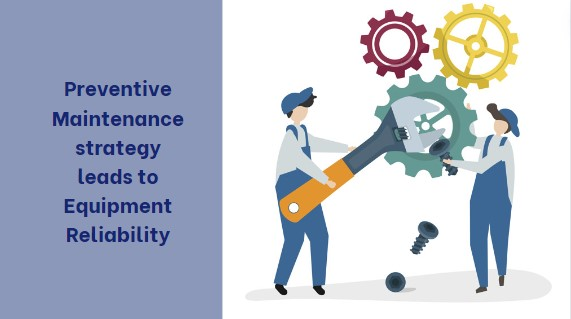
Access to High-Quality Spares and Consumables
Availability of high-quality spare parts and consumables is essential for effective maintenance work. Using genuine parts and materials ensures compatibility and reliability, contributing to the longevity of equipment and minimizing downtime.
Meeting Industry Standards and Best Practices
Adhering to industry best practices ensures consistency and reliability in maintenance processes. Compliance with regulatory requirements and industry guidelines helps maintain a high level of quality and safety in maintenance work.
Conclusion
Precision maintenance is a vital component of asset management and plays a significant role in increasing equipment lifespan, optimizing production, and reducing downtime. By fostering a positive maintenance culture and providing maintenance personnel with high-quality tools and training, organizations can ensure the effectiveness of their maintenance programs.

Continuous improvement initiatives further enhance maintenance processes, contributing to overall operational efficiency and machine reliability. Through adherence to industry standards, calibration of measuring tools, and access to quality spares, organizations can successfully implement precision maintenance practices, leading to sustained success.